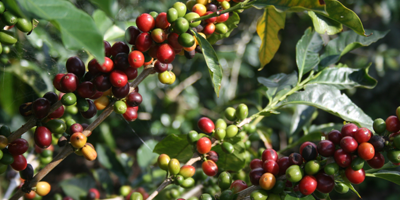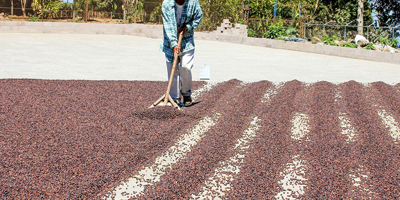
Coffee Growing
Kenyan coffee is produced in Six main regions namely – Mt Kenya, Lower Eastern, Rift Valley, Nyanza, Western and Central Region.
The rainfall distribution throughout the year averages at 1,200mm which is ideal for coffee production. Production runs in two seasons Oct – Dec [Main] and Apr – May [Light Season]. .

Coffee Processing
Over 90% of Kenyan coffee is wet processed while the remainder is sun dried producing the naturals, commonly referred to as Buni.
The wet process results to parchment which is dry processed, a process commonly referred to as Secondary milling – entails the hulling of parchment or Buni, polishing the clean coffee, gravity separation and ultimate grading.
.
High Quality Beans
Are you in need of high quality beans? Get in touch with Jotim Coffee today for your orders.
COFFEE BRANDING
The grading of Kenyan Coffee has a quality connotation of AA, AB, PB and C premium grades. Specialty coffee is derived from the top grades’ coffees that have scores of 85% and above. Commercial / Miscellaneous grades – TT,T, MH, ML, SB, and UGs
| Grade | Description | Screen Size |
|---|---|---|
| AA | Flat Bean | Through 21 retained on 18 (7.2 mm) |
| AB | Flat Bean | Through 18 retained on 16 (6.35 mm) |
| PB | Pea Berries – One Ovule develops in coffee of the two | Through 17 retained on 12 (4.76 mm) |
| C | Small flat beans | Through 16 retained on 10 (3.96mm) |
| TT | Light density beans, from AA, AB and E grades by air extraction | Separated through density by blowing |
| T | Tiny, consists of broken and small C | Through screen No. (2.9 mm) |
CUP PROFILE
Kenyan Coffee from the various regions is described on the basis of the following attributes:-
Fruity | Pointed/Medium Acidity | Chocolate Flavor | Heavy/Light Body | Citrus
